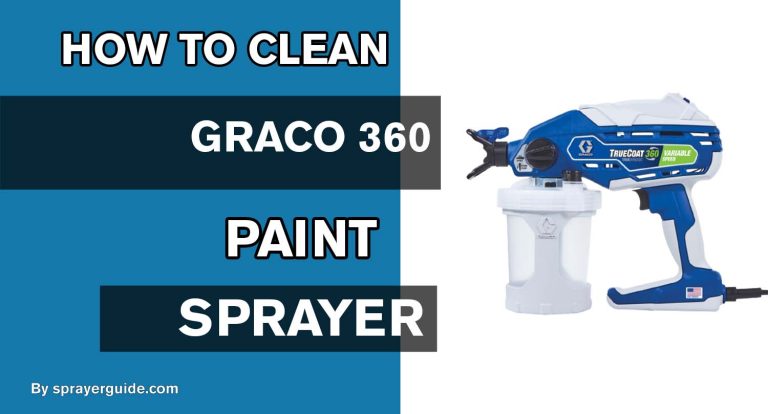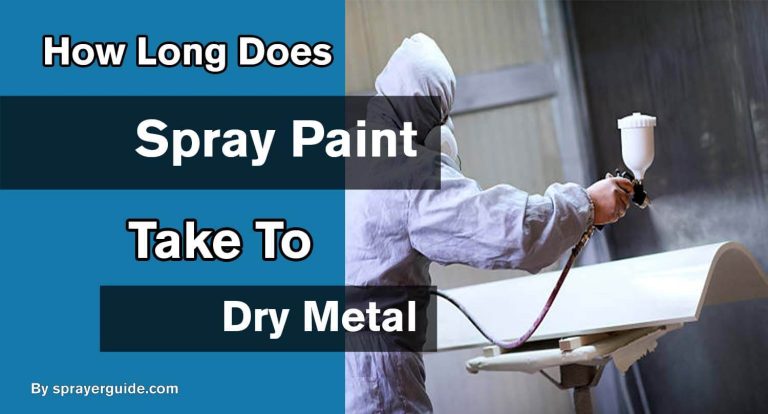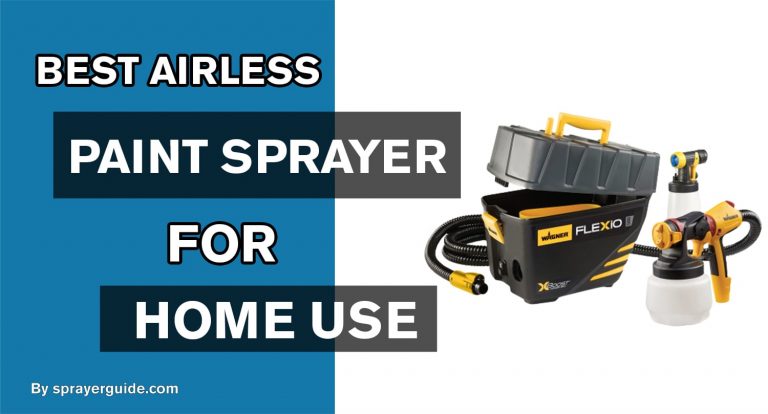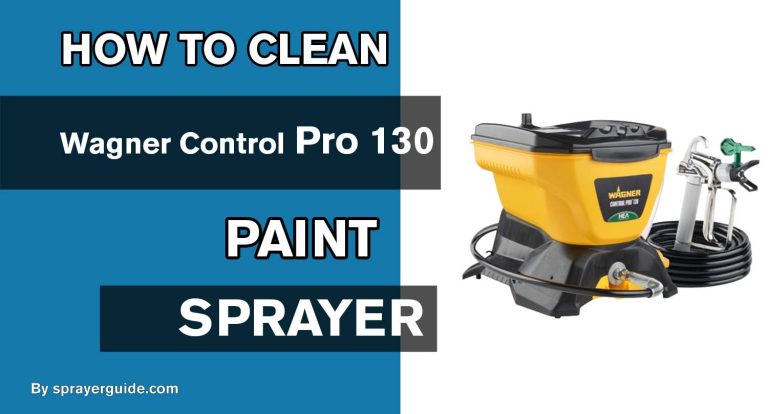Pain spraying is a popular way to achieve professional results and finish in less time than using a roller and brush. Whether working on a large or small project, a paint sprayer can help you save time and money. For example, if you’re painting a room alone, using a paint sprayer will help you finish the job in less time than using a brush.
Is It Necessary To Use A Paint Sprayer?
Some people inquire if it is necessary to use a paint sprayer to complete tasks around the home. My answer always depends on the specific task at hand. For example, if you are painting a large wall, using a paint sprayer will save time and money over using a brush and roller.
How To Choose The Right Paint Sprayer:
When painting, there are two main types of paint sprayers to choose from airless and compressed air. An airless paint sprayer uses a small nozzle to atomize the paint and deliver it directly to your painting surface. They’re popular because they require less pressure than an HVLP (high-volume, low-pressure) paint sprayer, making them easier for smaller jobs. Compressed air sprayers deliver a high volume of paint at high pressure, making them ideal for large areas or more demanding applications. They’re more expensive than airless sprayers but offer greater control and precision when spraying. Ultimately, what you need depends on the specifics you have in mind.
GET READY TO APPLY PAINT
It would be best to prepare a few things to paint your house with a sprayer.
- Use painter’s tape and plastic to create a barrier between the paint and the surface. This method is simple and can be done by anyone with little patience. Before starting, clean the surface you’re painting to remove any oils or dirt. Then, cut a piece of painter’s tape large enough to cover the entire area you want to protect. Next, place the tape on the surface, extending well beyond the edges of your desired area. Finally, paint over the top of the tape with your desired color.
Spray painting is best done at 45 to 75 degrees Fahrenheit. The spraying gun is more likely to leak if the temperature is too low. In addition, the paint will dribble and shatter if sprayed incorrectly. If the temperature falls below 45 degrees, the paint may freeze and become clogged. Always wear safety clothes, goggles, and masks when working with paint or chemicals. Wearing protective gear will keep you safe.
- Always wear safety clothes, goggles, and a mask when working with paint or chemicals. You will be protected if you use protective gear.
- Furniture and rugs can be removed from the room to begin the painting process. Consider bringing everything to the center of the room and covering it with plastic sheeting if you are short on space.
- Furniture and rugs can be removed from the room to begin the painting process. Consider bringing everything to the center of the room and covering it with plastic sheeting if you are short on space.
- Use a ladder to reach the top without reaching the second or third highest rung.
How to Use Your Paint Sprayer
1. Before using the paint sprayer, check the paint:
You can start mixing the paint when everything is set up and ready. After shaking or stirring the paint, use a paint strainer to remove any debris that may have become stuck in your spray gun, causing it to spray paint everywhere.
2. Practice paint spraying:
Make sure you’ve got everything tuned in before you start painting. You’ll need to practice sprayer calibration after you’ve filled the paint reservoir. The adjustable spray nozzle makes painting more convenient.
3. Paint Sprayer Adjustment:
Make sure you’ve got everything tuned in before you start painting. You’ll need to practice sprayer calibration after you’ve filled the paint reservoir. The adjustable spray nozzle makes painting more convenient.
4. Vertical Or Horizontal Spray Pattern:
The most common way to spray paint is to do it from left to right. However, some people like to spray paint in a horizontal direction. For those who want to spray up and down, the best way is to use a vertical spray pattern.
5. When the job is done, clean the sprayer:
Make sure to clean your sprayer very well after every use. Some sprayers have buttons that let you connect them to your garden hose so you can clean them. Before you use your sprayer, make sure you read the instructions.
What’s the Difference Between a Roller and a Spray Painter?
You can’t just start painting with a paintbrush. So many options are available, yet even a primary task, like painting the walls, maybe a headache. Spray paint and rollers are the best options for getting the job done quickly and efficiently. What’s the best option for you?
Spray Painting:
There are many benefits to using a paint sprayer, such as quickly and easily painting inside and outside walls. In addition, painting with a sprayer can often be faster and easier than painting by hand. But before you begin, it’s essential to understand the various types of sprayers on the market and their unique advantages.
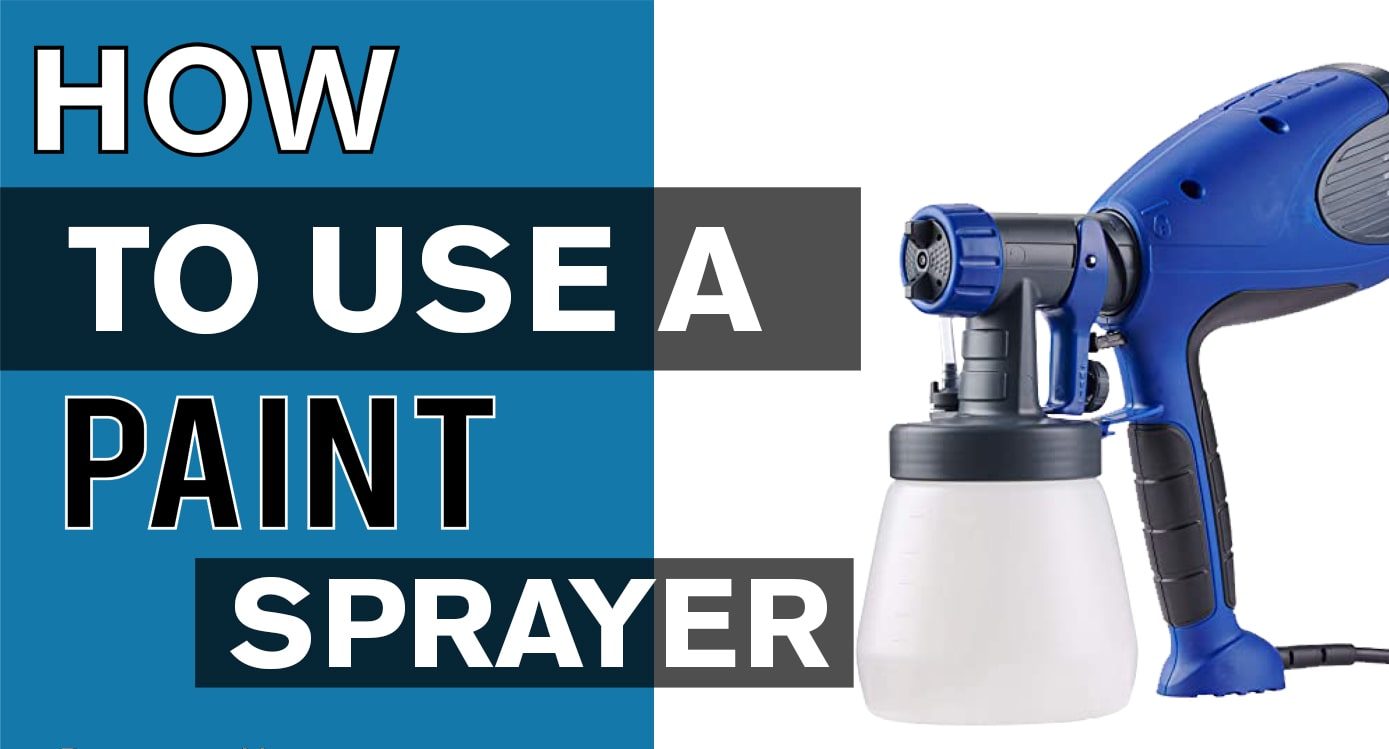
Here are four key points to keep in mind when using a paint sprayer:
- First, choose the correct type of sprayer for the task at hand. For example, a low-pressure gun is best for small areas, while a high-pressure gun is better for larger areas.
- Make sure you have adequate pressure and flow control. Improper pressure or flow can cause overspray and distorted finishes.
- Always clean and dry the sprayer after each use. Excess paint can damage the gun and lead to clogging.
- Only use spray paint that has been approved for use with a sprayer.
Roller Painting:
Painting inside is a great way to add warmth and character to any room. But for many artists, it can be difficult to control the paint flow using traditional methods such as brushes or rollers. One solution is to use a rolling technique called “rolling”.

Rolling, you apply the paint in circular motions rather than strokes. This allows you to have more control over the paint’s flow and pattern, which can result in a more detailed and professional finish. Here are some tips for rolling successfully:
- Make sure your surface is clean and dry before beginning. This will help ensure that the paint adheres evenly to the surface.
- Choose your painting medium carefully. Rolling with thick or heavy paint may result in too much coverage or unevenness on your surface. A thinner coat of paint is more likely to avoid these problems. You can also choose the paint that has a matte finish. This will reduce the reflection of light from the surface, making your design look more realistic.
- Start with a clean canvas and dry brush technique.
- If you’re painting a larger area, paint the edge of your canvas first. This will help you avoid wasting paint on areas not visible from the front or sides of your work. Then, use a roller to apply paint in the center of each section.
You should consider roller or spray paint if you want an excellent, professional finish on your next painting project. Both have benefits; if you take your time to find the right tools, you can get an excellent finish.
Spray painting is more durable than roller painting, but it takes some practice to get good results. The upside is that it’s very fast and straightforward to apply; the downside is that the paint can be less consistent in quality and requires more attention during the pre-painting stages.
For roller painting, key advantages are that it’s easy to control the thickness of the paint film, and it’s relatively fast and inexpensive to apply. The downside is that it’s not as durable as spray painting, and achieving a clean finish cannot be easy.
Conclusion:
In conclusion, whether you’re a beginner or an experienced painter, using a paint sprayer can make your job easier. With a paint sprayer, you can paint faster and more effectively. In addition, you won’t need to spend as much time mixing paints or worrying about what tool you should use next. Buying the best paint sprayer for your home project is essential.
Read More:
- How Long Does Primer Spray Paint Take To Dry
- How To Spray Paint Wood Chairs
- How To Thin Water-Based Paint For Roller
- How Long Does Spray Paint Take To Dry Metal
- Is It Better To Spray Or Roll the Interior Paint
- Does A Paint Sprayer Use More Paint Than A Roller
- How To Thin Water-Based Paint For Spraying
- How To Clean Wagner 350 Paint Sprayer
- How To Paint A Textured Ceiling With A Roller
- Which Is Better, Air Or Airless Paint Sprayer
- How To Use Hvlp Spray Gun
- How Long Does Spray Paint Take To Dry On Cardboard
- Graco Magnum Prox17 VS X5

